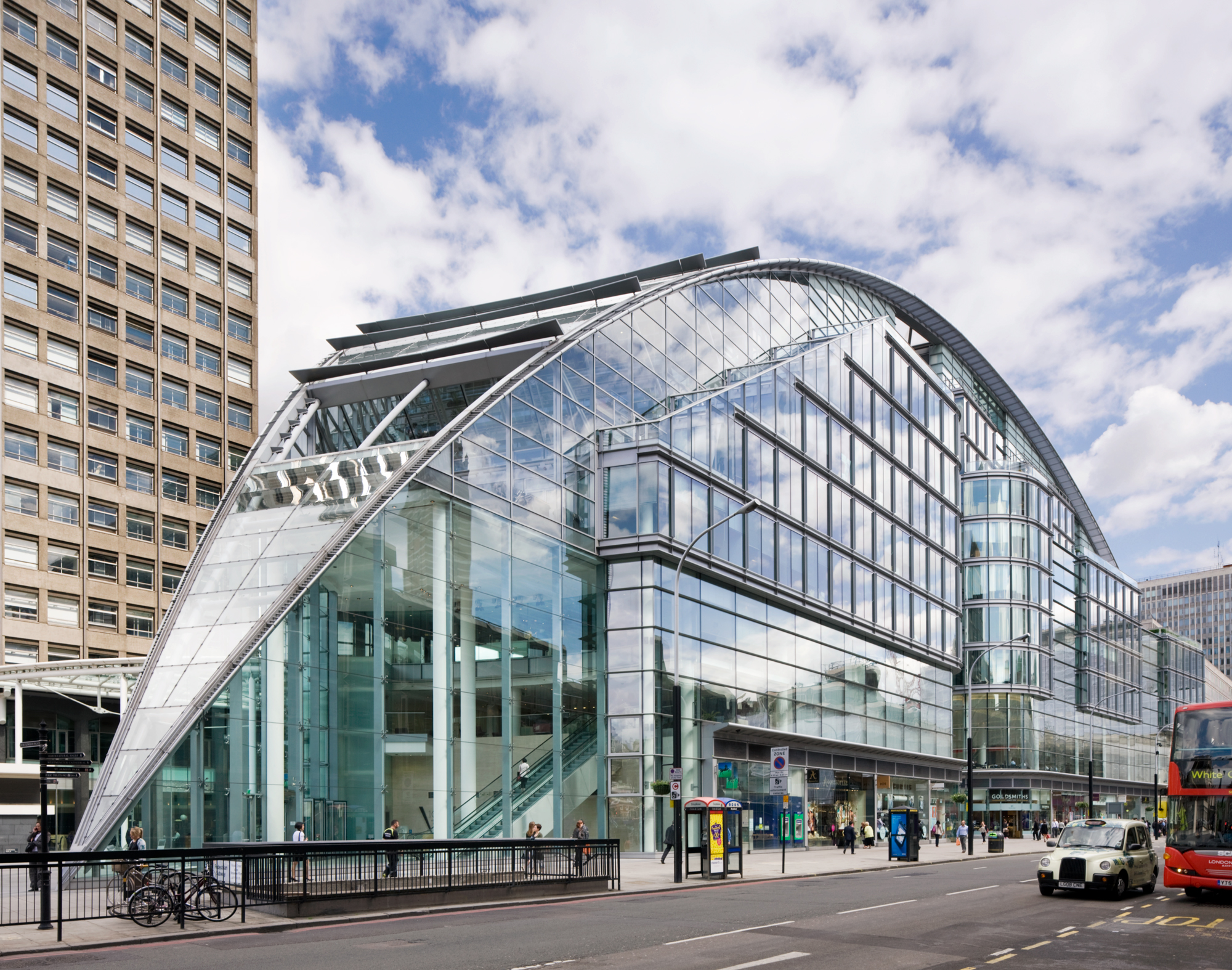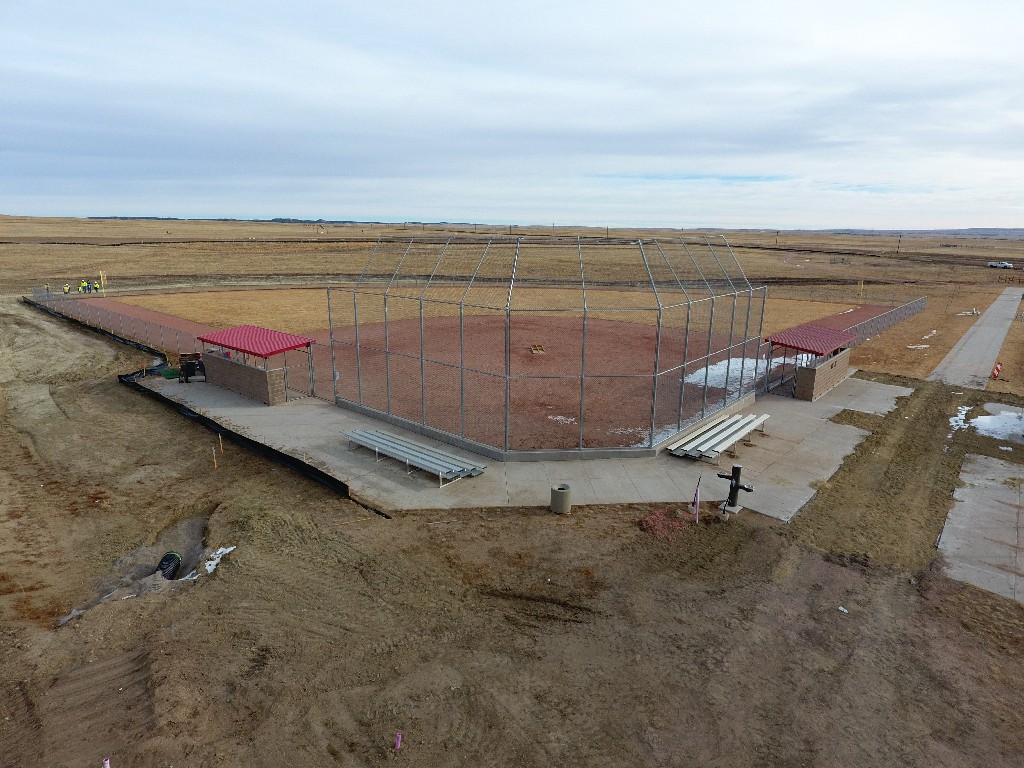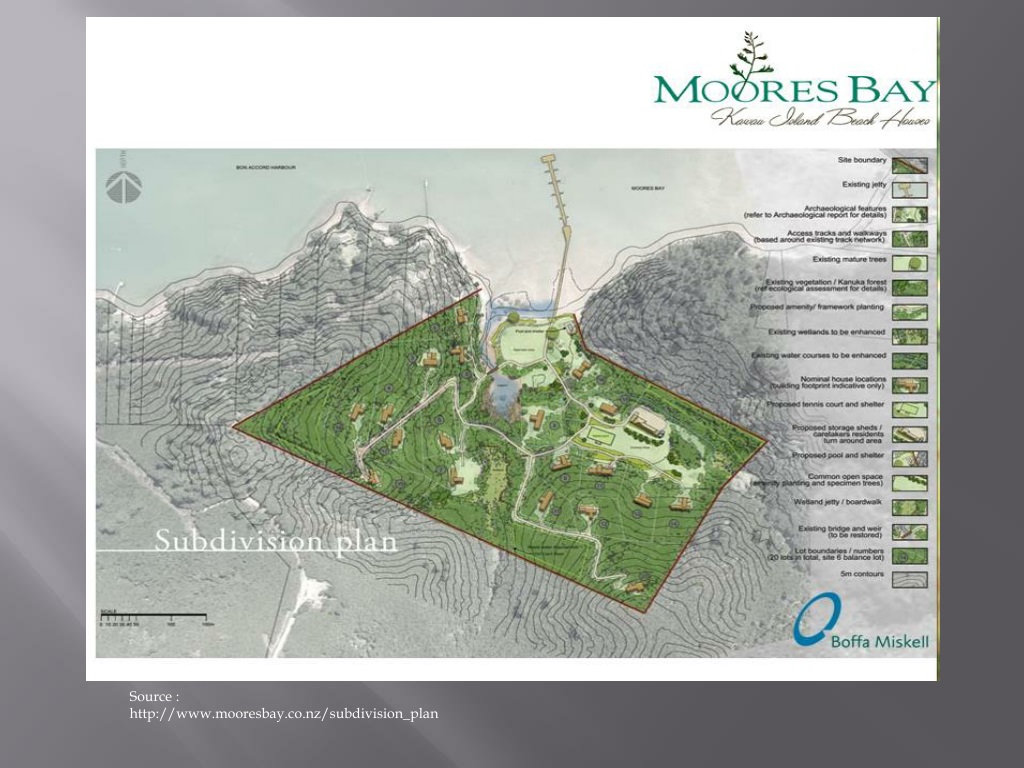
Image 4b: T-shaped doorways are common and likely had important ritual significance. Image 4a: Although not common, we excavated several stairs at the six sites we studied. While most were farmed by small families, a few seem to have been cacique or chief fields, controlled by leaders and worked by the populous. The hillside above Site 204 is filled with these features, as are many hillslopes in the Casas Grandes region.

The faint lines of rocks are rock walls (trincheras) that form small farming plots. Image 3d: Not all archaeological features are visually interesting or obvious. We also excavated a trench across the ball court. Site 204 has one ball court that had been dug into the ground forming an I-shape. Image 3c: Ball courts were important locations of community events. You are not actually done after excavating, mapping, and photographing the rooms: the area below the room is excavated to look for evidence of earlier occupation. Finally, there’s the reward: the excavation of the floor and its features such as hearths and pits. Unfortunately, much of each room has been looted, which mixes the artifacts. Then you remove the fill in the room in layers, carefully screening the dirt so as not to miss small artifacts. Image 3a & 3b: Excavating using a precise grid system, you slowly find walls and outline rooms. Questions go through your mind: What is below the ground, what will you find, or did you start in the best place to excavate? 3a.

Image 2: The first day of excavation is always exciting and, in a way, terrifying. Like nearly all Medio Period sites, the room blocks have been severely looted. In addition, this site has two large ritual roasting pits and a ball court. There are three mounds for a total of about two hundred rooms. Image 1b: Site 204 has three “mounds” that are the remains of adobe room blocks that have decayed over the centuries into piles of dirt. Cerro Moctezuma was probably one of the major shrines in the local area.

The atalaya is a feature on a hilltop that probably was a shrine and communication point visible from Cerro Moctezuma, which is just west of Paquimé. Image 1a: Site 204 is located in a small valley that also has a large number of Medio Period villages. We selected this site because it was one of the two largest Medio Period sites near Paquimé, so we could compare it with the small villages we studied at one end of a continuum of size and the premier and largest site, Paquimé, at the other extreme. One of the most important sites we studied-Site 204-is located west of Paquimé in a tributary drainage.

Then we transitioned to the excavation of a range of sites in an attempt to understand how the Paquimé-dominated society was organized and when it dated to, among other questions. At first, we conducted surveys, systematically walking over an area to record whatever archaeological remains were observable. Over the past two decades, we directed multiple field projects in the region. Our research in northwestern Chihuahua focused on the area around the famous and important site of Paquimé (or Casas Grandes), which was most influential during the Medio Period, AD 1200–1450 (give or take a few decades either way).


 0 kommentar(er)
0 kommentar(er)
